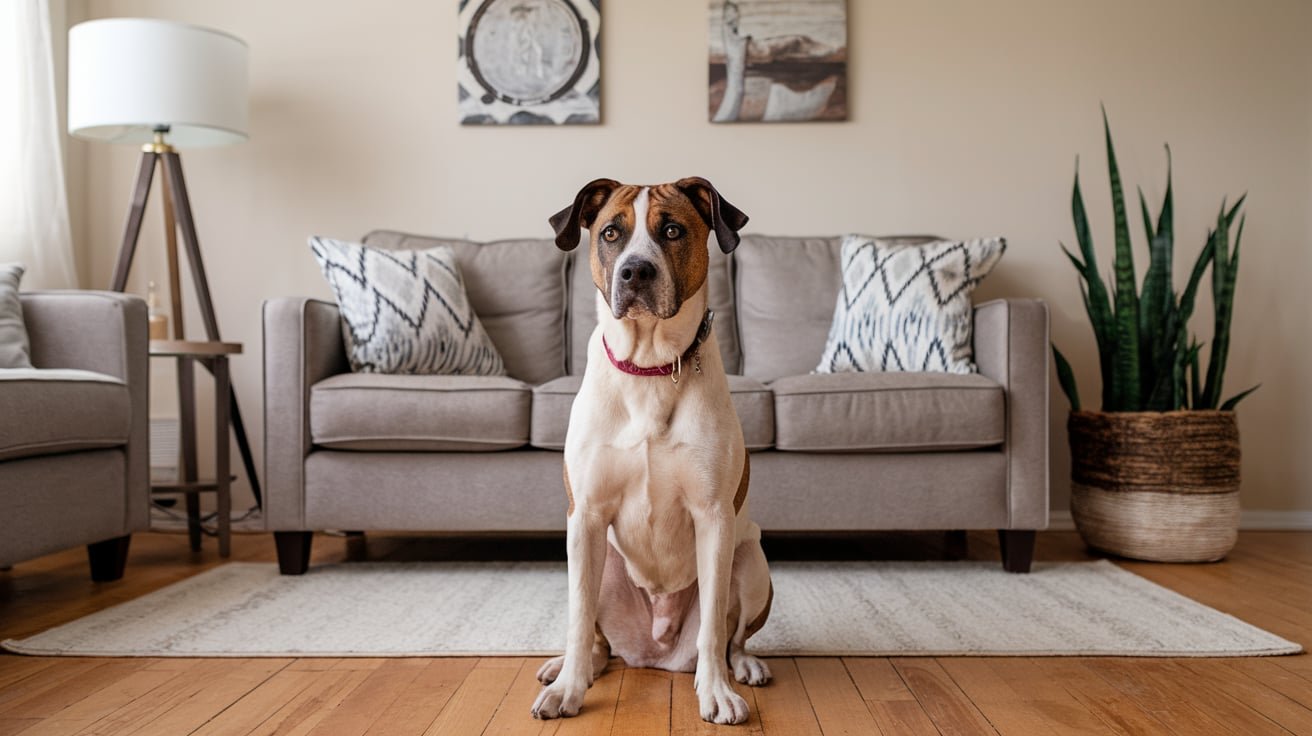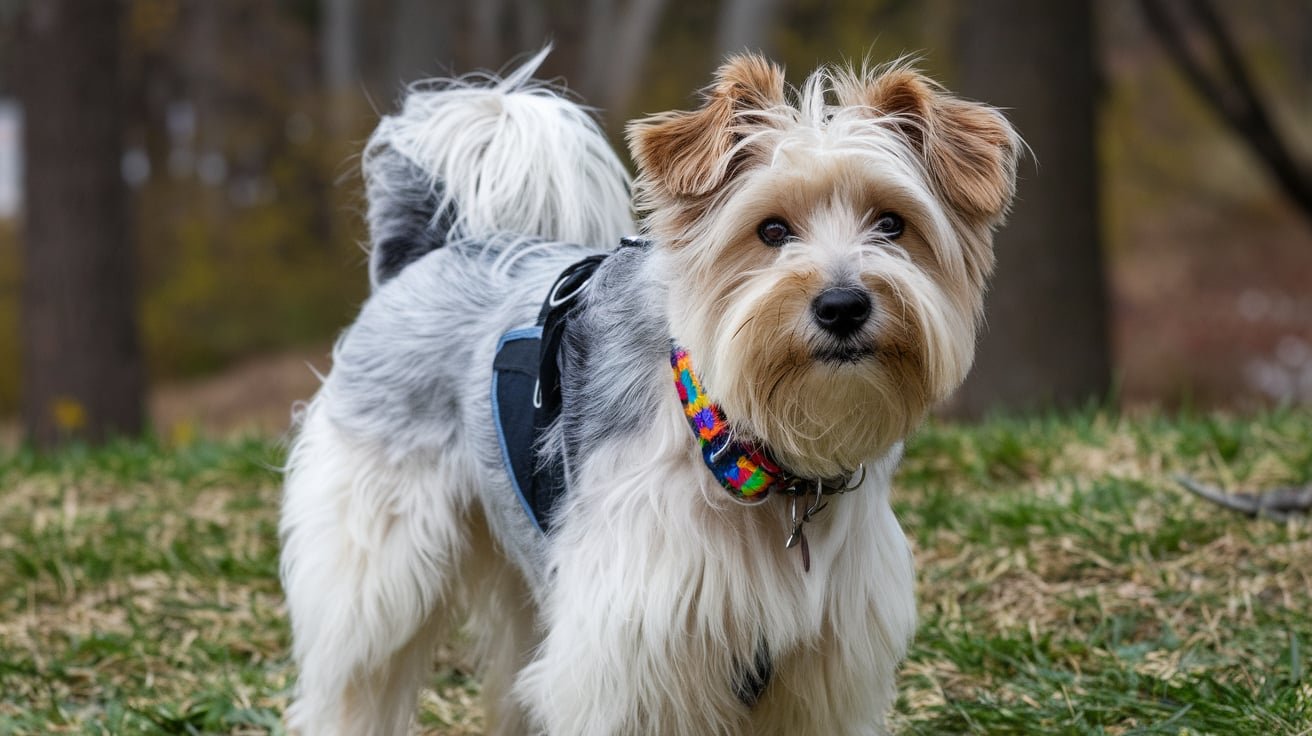Moving to a new home can be both exciting and stressful, but while you’re adjusting to unpacking and getting used to new surroundings, your dog may be struggling with a lot more. If your dog doesn’t listen after a move, you’re not alone. Many dog owners find that their dog becomes unresponsive or shows behavioral changes after relocating. In this guide, we will explore why this happens and provide actionable steps to help your dog adjust to a new environment.
Why Your Dog Doesn’t Listen After a Move
So, how come your dog doesn’t listen after a move? Dogs are creatures of habit. Their environment plays a significant role in their behavior, providing comfort and stability. When you move, everything changes—familiar smells, sights, and sounds are replaced with new ones. This can overwhelm your dog, making them feel anxious and unsure of how to respond.
Dogs rely heavily on routine, and the disruption of that routine can lead to confusion. For example, if your dog was used to the same morning walk route every day, they might feel disoriented when their new home offers unfamiliar streets and surroundings. This confusion often manifests as disobedience or a lack of focus on commands they once mastered.
Here’s an anecdote from one pet owner: Sarah, who moved with her dog Max from a rural area to the city, noticed that her normally well-behaved dog became restless and ignored simple commands like “sit” and “stay.” Max wasn’t being stubborn—he was simply overwhelmed by the hustle and bustle of the city, which made it difficult for him to focus.
Common Signs Your Dog is Stressed After a Move
If your dog doesn’t listen after a move, stress could be the underlying issue. Recognizing the signs of stress in your dog is essential to helping them adjust. Here are some common symptoms that indicate your dog may be feeling overwhelmed:
- Ignoring commands: If your dog usually follows commands like “come” or “sit” but suddenly stops, this could be a sign of stress.
- Excessive barking or whining: Dogs often vocalize their anxiety, especially if they feel insecure in a new place.
- Hiding or withdrawing: Your dog may seek out hiding spots, such as under the bed or in a corner, to feel safe.
- Pacing or restlessness: Constant movement or an inability to settle down is a sign that your dog is feeling unsettled.
- Loss of appetite: A stressed dog may eat less or show disinterest in food.
- Accidents in the house: Even housetrained dogs can regress and have accidents indoors if they’re feeling anxious.
Each of these behaviors is a clear indicator that your dog is not just being difficult but is struggling to adjust to their new environment. Understanding these signs will help you take the right steps to address the issue.
How to Help Your Dog Adjust After Moving
Now that we understand why your dog doesn’t listen after a move, let’s dive into how you can help your dog adjust to your new home. The key is to provide structure and comfort during the transition.
Step 1: Reintroduce Familiar Items
One of the easiest ways to help your dog feel at home is by surrounding them with familiar items. Bring along their favorite toys, bed, and blankets to the new house. These items will carry the scent of your previous home and provide a sense of continuity, which can comfort your dog.
Step 2: Create a Safe Space
Designate a specific area in your new home where your dog can relax and feel safe. This could be a quiet room or a corner in the living room. Make sure this space includes their bed and toys, and limit access to loud or high-traffic areas. A safe space allows your dog to retreat when they feel overwhelmed.
Step 3: Stick to a Routine
Consistency is key when helping your dog adjust after a move. Stick to the same routine that your dog was used to in your previous home. This includes keeping feeding times, walk times, and bedtime the same. Maintaining these familiar routines will help reduce anxiety and reassure your dog that not everything has changed.
Step 4: Gradual Exploration of New Spaces
Rather than letting your dog explore the entire house at once, introduce them to new rooms gradually. Start by letting them explore one or two rooms and slowly expand their access as they become more comfortable. This step-by-step process prevents sensory overload and gives them time to adjust to the new smells and layout.
Training Tips for When Your Dog Doesn’t Listen After a Move
When your dog doesn’t listen after a move, retraining may be necessary to regain their focus. It’s essential to start from the basics, using positive reinforcement to rebuild their confidence.
1. Back to Basics
Even if your dog is well-trained, moving to a new home can throw off their understanding of commands. Start with simple cues like sit, stay, and come. Reward them with treats or praise when they obey. This reinforcement will help your dog feel secure and remind them that the rules are still the same, even in a new place.
2. Practice in Low-Distraction Areas
Choose a quiet area inside your home to begin training. A low-distraction environment helps your dog focus solely on you and the commands you’re giving. Once your dog consistently responds, gradually move to more distracting spaces, like the yard or a nearby park.
3. Incorporate Hand Signals
Adding hand signals alongside verbal commands can help your dog understand you better, especially in a noisy or unfamiliar environment. For instance, use a clear upward hand motion when saying “sit.” This added visual cue makes it easier for your dog to connect the command to the desired action, even if they’re feeling disoriented.
4. Keep Training Sessions Short
Keep training sessions short—around 10-15 minutes—to prevent your dog from becoming overwhelmed. This is particularly important in a new environment, where they are already processing a lot of new information. End each session on a positive note with a reward, so your dog stays motivated.
Using Positive Reinforcement to Rebuild Trust
Positive reinforcement is an effective strategy when your dog doesn’t listen after a move. By consistently rewarding good behavior with treats, toys, or praise, you can re-establish trust and encourage obedience. Here are a few tips:
- Reward quickly: Make sure to reward your dog as soon as they obey a command. The quicker the reward, the stronger the association with good behavior.
- Be patient: Some dogs take longer to adjust, so it’s important not to scold or punish them for not listening. Instead, focus on positive reinforcement.
- Use high-value treats: Use treats your dog loves but doesn’t get often. This makes the reward even more enticing and helps speed up the learning process.
Positive reinforcement not only helps your dog learn but also reduces their anxiety, making the transition to the new home smoother.
Why a New Environment Affects Your Dog’s Behavior After a Move
When your dog doesn’t listen after a move, it’s often because they’re overwhelmed by their new environment. Dogs rely on familiar cues—sights, smells, and sounds—to navigate their world. A move can completely change their sensory landscape, leaving them feeling lost.
Additionally, new homes often come with different noises. Perhaps you’ve moved from a quiet suburban street to a busy urban area. Your dog may be distracted by the sounds of traffic, neighbors, or even construction. Until they get used to these new surroundings, it can be hard for them to concentrate on your commands.
Patience and Consistency: Key to Getting Your Dog to Listen After Moving
Helping your dog regain their obedience after a move requires both patience and consistency. Every dog adjusts at their own pace. While some may feel at home within days, others might take weeks or even months. During this period, continue with regular training, reward good behavior, and provide plenty of reassurance.
With time, your dog will start to feel more comfortable in their new environment, and their behavior will improve. The key is to remain patient, avoid frustration, and keep a consistent approach to training.
Final Thoughts on Why Your Dog Doesn’t Listen After a Move
Moving is a significant event for both you and your dog, and it’s natural for your dog to show some changes in behavior during the adjustment period. If your dog doesn’t listen after a move, don’t panic. This is a normal response to their new environment, and with time, they will regain their confidence and listening skills.
Follow the steps in this guide to help them adjust: create a safe space, stick to routines, and use positive reinforcement to encourage obedience. With patience and consistent training, your dog will soon feel at home and start listening just as they did before.



